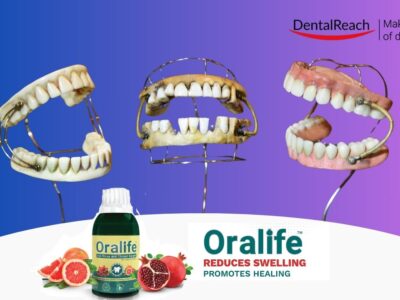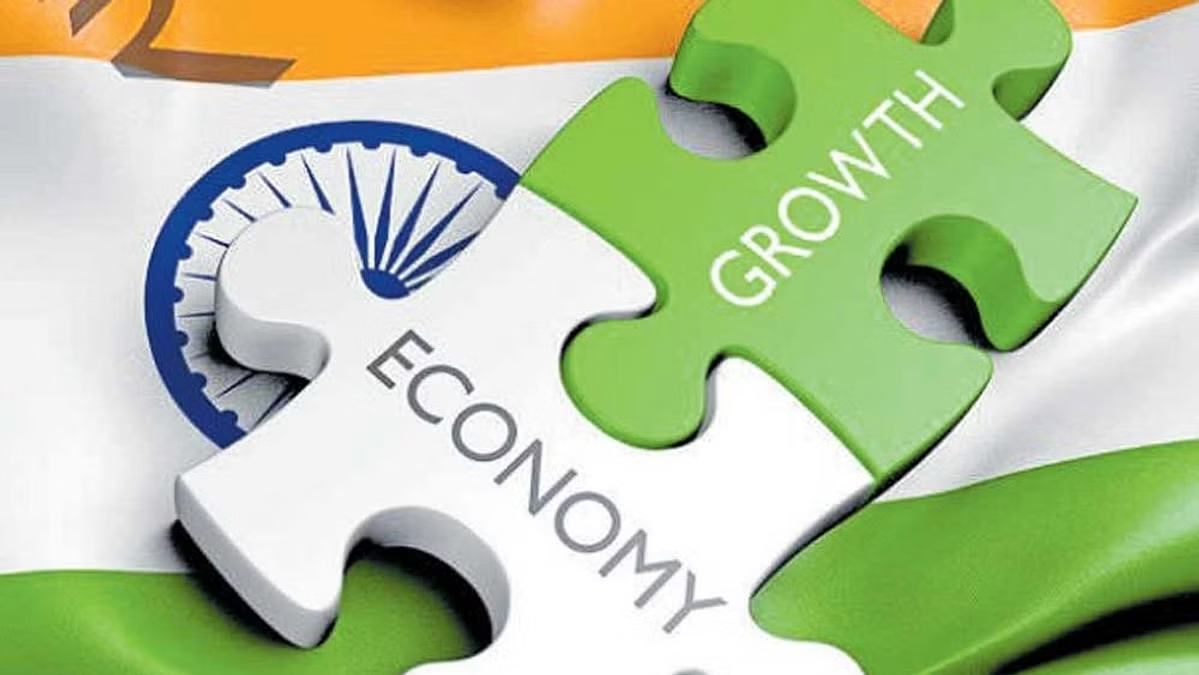Keywords Dentistry , India
Introduction
Dentistry in India has traditionally been a respected and sought-after profession, but in recent years, there has been a noticeable decline in its appeal and effectiveness. This decline can be attributed to several factors, including challenges within the profession, changing patient expectations, and systemic issues within the Indian healthcare system. However, with thoughtful reforms and strategic initiatives, it is possible to rejuvenate the field of dentistry in India.
Declining Interest in Dentistry
A generalised decline of interest in the field is being noticed over the past few years, probably due to these factors:
- Saturated Market:
The increasing number of dental colleges has led to a saturation of the market, resulting in high competition and limited opportunities for fresh graduates.
- Economic Factors:
The high cost of dental education, coupled with relatively low starting salaries, has deterred potential students from pursuing dentistry as a career.
- Changing Career Aspirations:
Many aspiring students are now looking towards other lucrative professions like medicine, engineering, or IT, leaving dentistry with a dwindling talent pool.
Challenges within the Dental Profession
Like every profession, dentistry too comes with its set of challenges, such as:
- Lack of Standardization:
Inconsistencies in dental education and varying quality of dental care have eroded public trust in the profession.
- Outdated Practices:
The slow adoption of modern dental technologies and treatment methods has hindered the profession’s ability to provide state-of-the-art care.
- Regulatory Hurdles:
There are no clear cut and precise information portals for setting up clinics. Lack of clarity with regards to the legal aspects is a big regulatory hurdle. Complex and often cumbersome regulations can discourage dentists from setting up practices, limiting access to care, particularly in rural areas.
Patient Expectations and Awareness
Compared to generalised healthcare, oral care is a little different with respect to patient’s perceptions. This includes:
- Limited Dental Awareness:
A significant portion of the Indian population lacks awareness about the importance of oral health, leading to delayed dental visits and inadequate preventive care.
- Increasing Expectations:
Patients now expect more comprehensive, esthetic and quick dental solutions, putting pressure on dentists to continuously upgrade their skills and facilities. Although this is a healthy pressure, in addition, patients expect these solutions at an affordable, negotiable rate which negatively affects the hardworking dentist.
Systemic Issues in Indian Healthcare
With certain issues in the system itself, the decline of interest in dentistry can be understood, since these are not in our hands. Systemic issues exist, such as:
- Lack of Integration:
Dental care is often segregated from general healthcare, leading to missed opportunities for early intervention and prevention.
- Public Healthcare Infrastructure:
The public dental healthcare system is underfunded and underutilized, leaving a substantial portion of the population without access to affordable dental care.
Solutions to Revitalize Dentistry in India
Every problem at hand has a solution. Re-infusing life in the beautiful field of dentistry is a difficult task, not an impossible one. Here, I enlist 7 possible solutions:
- Reforming Dental Education: Implement standardized curricula, improve faculty quality, and regulate the number of dental colleges to maintain high educational standards and reduce saturation.
- Financial Incentives: Provide financial incentives, such as scholarships or loan forgiveness programs, to encourage students to pursue dentistry and reduce the economic burden of education.
- Technology Adoption: Encourage dentists to embrace modern technology and treatment methods through training programs and tax incentives for upgrading equipment.
- Streamlined Regulation: Simplify and streamline the regulatory process for setting up dental practices, making it easier for dentists to establish clinics, especially in underserved areas.
- Public Awareness Campaigns: Launch nationwide campaigns to promote oral health awareness, emphasizing the importance of regular dental check-ups and preventive care.
- Integration with General Healthcare: Integrate dental care into the broader healthcare system to ensure holistic patient care and early detection of systemic diseases linked to oral health.
- Investment in Public Dental Healthcare: Increase funding for public dental healthcare infrastructure to provide affordable dental services to underserved populations.
Conclusion
Reviving dentistry in India requires a multi-faceted approach that addresses challenges within the profession, promotes awareness among the public, and integrates dental care into the broader healthcare system. By implementing these reforms and initiatives, India can reinvigorate its dental profession and ensure better oral health for its citizens.





















Comments